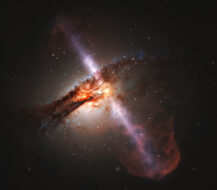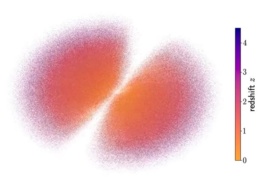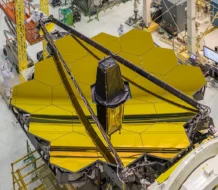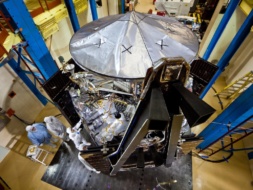The water covering more than 70% of the Earth’s surface came from somewhere, and debate swirls among scientists about that mysterious source. The leading theory—that asteroids and comets ferried water to Earth over many millions of years—now has a new piece of evidence to back it up.
Observations collected by the now-retired SOFIA (Stratospheric Observatory for Infrared Astronomy) aircraft and reviewed recently show, for the first time, water molecules on the surface of an asteroid. The results were published Monday in the Planetary Science Journal.
“Based on the band strength of the spectral features, the abundance of water on the asteroid is consistent with that of the sunlit Moon,” said Anicia Arredondo, a Southwest Research Institute scientist and lead author of the paper, in a release.
- For context, a previous study conducted with SOFIA was able to isolate the chemical signature of water on the sunlit surface of the Moon.
- Previously, it had been difficult to distinguish between water and other hydrogen-based molecules.
Iris and Massalia: The research team turned its focus to a group of four relatively nearby silicate-rich asteroids. The FORCAST instrument, a camera and spectrograph sensitive to mid-infrared wavelengths, analyzed the light reflected off the asteroids and matched the resulting spectral signature with the known signature for water.
Two of the asteroids, named Iris and Massalia, definitively showed the singature for water on their surfaces. For the other two, Parthenope and Melpomene, the FORCAST instrument didn’t collect enough information to say for sure. (And while we’re here…my compliments to whoever named these asteroids.) That water may be bound to minerals on the surface or connected to silicate particles, similar to how it’s often found on the lunar surface.
What’s next? With SOFIA out of commission, the team is looking to other infrared observatories to search for water on additional asteroids…and what better outpost than the ultra-powerful JWST?
The team has already used JWST to target two additional asteroids for observation, and has a proposal in for the next observation cycle to study 30 more. That’s a lot of data on its way to build out our understanding of how water is distributed throughout the solar system.




